Banteay Samre was cleared by a French archaeological team of Maurice Glaize in 1930. After extensive restoration work between 1936 and 1944 according to the method called Anastylosis, this temple is one of the finest and most complete Khmer monuments now. Undoubtedly, Banteay Samre in its present condition is Angkor’s most significant flat temple from the Hindu period and the second most important example of the classical style of Angkor Wat, though not of such enormous size as Beng Melea outside Angkor or Phimai in North East Thailand.
Like Angkor Wat, Banteay Samre was obviously dedicated to Vishnu, though no inscription was has yet been found to confirm this. It is a matter of debate whether Banteay Samre was built by Angkor Wat founder Suryavarman II or by one of his high-ranking court officials or by Suyavarman's less significant immidiate successor Yashovarman II.
Like Angkor Wat, Banteay Samre is approached by a long, raised causeway, leading to a cruciform terrace. Probably it is of a later date, because the design of the cylindrical columns is of the Bayon style, though lion statues are very similar to those of the Angkor Wat. Unlike Angkor Wat, Banteay Samre is oriented to the east. But there is a second causeway at the back side in the west connecting the temple to the south-east corner of the former reservoir East Baray.
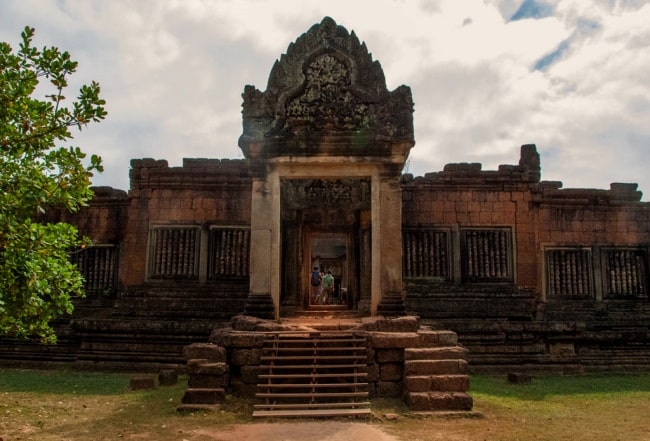
Banteay Samre has two quite different and contrasting enclosures. The outer (83m x 77m) is a laterite gallery in a warm reddish tone, the inner court and its edifices are completely built in sandstone, which is of a grey colour. Both enclosures' gate pavilions, at the cardinal points, are decorated with excellent reliefs, at pediments in particular. These sandstone carvings are strikingly deep. The outer enclosure was framed by a colonnade, the tiled roofs are vanished. In places, it is a real symphony of columned windows. An interior moat with laterite paving, filled with water after heavy rainfall till the present day, is a unique feature inside a Khmer temple complex.
The sandstone buildings inside the central enclosure are framed by narrow platforms. The buildings bear reliefs at pediments and lintels and at the bases of the pilasters. Their ornamentation is of exceptional quality. Some reliefs on the upper levels of this Hindu sanctuary show Buddhist scenes. Surprisingly, this temple in the style of Angkor Wat has no Apsara depictions.
There is a stone coffin in the main sanctuary. Originally there was a Vishnu statue inside the central Prasat tower. Unfortunately, many sculptures and some carvings of Banteay Samre were stolen between 1945 and 1947 and during the Cambodian civil war from 1980 to 1995.
Below is the glimpse of Banteay Samre Temple in 360o viewing:
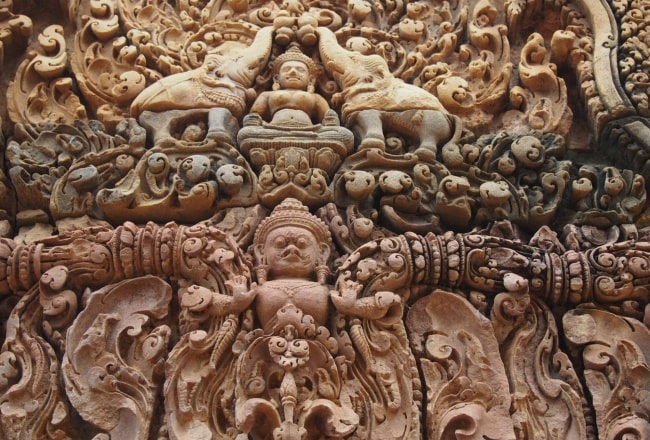


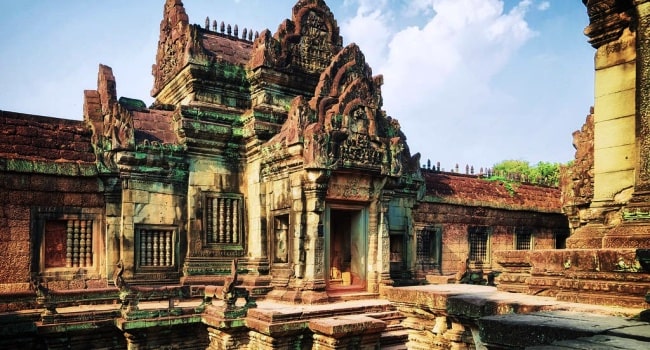

 19/01/2026
19/01/2026
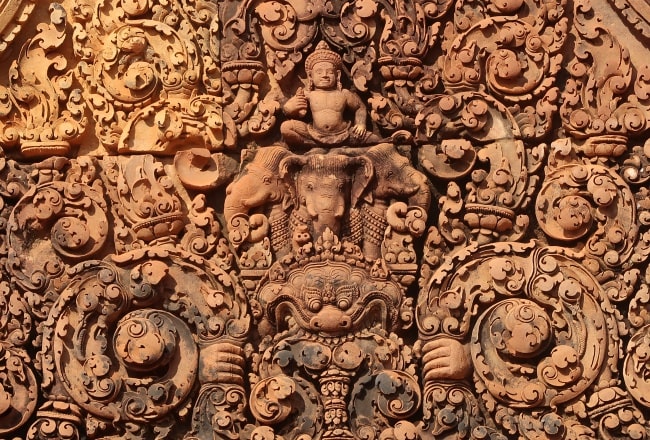
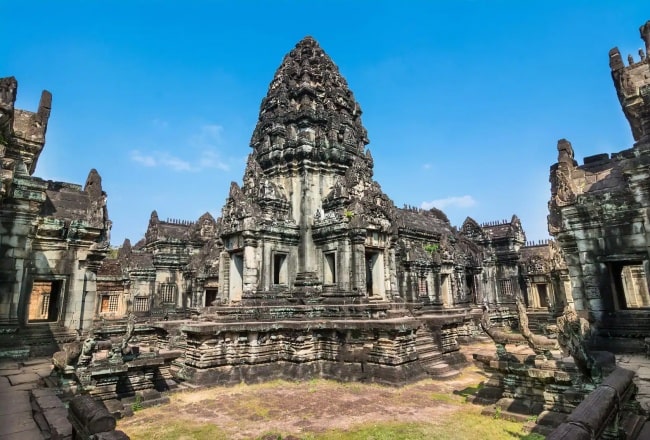
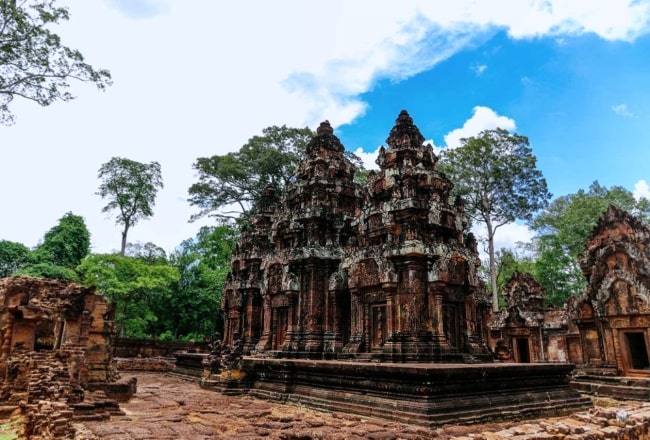
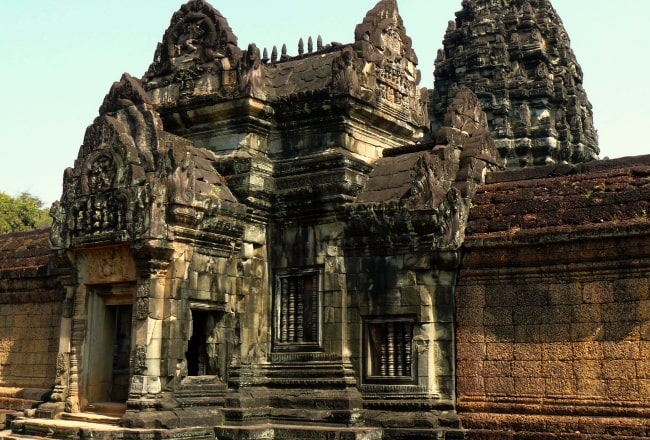
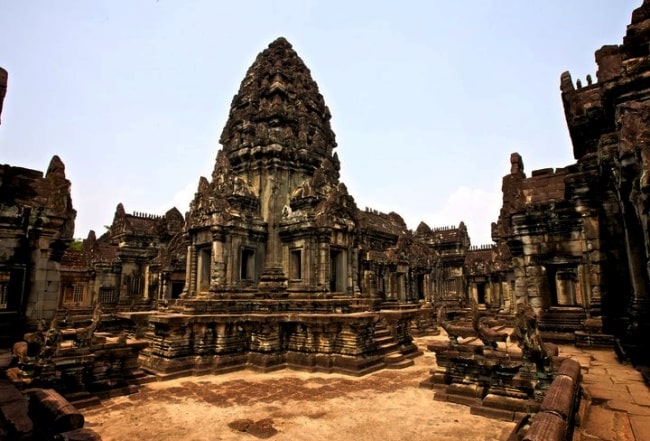
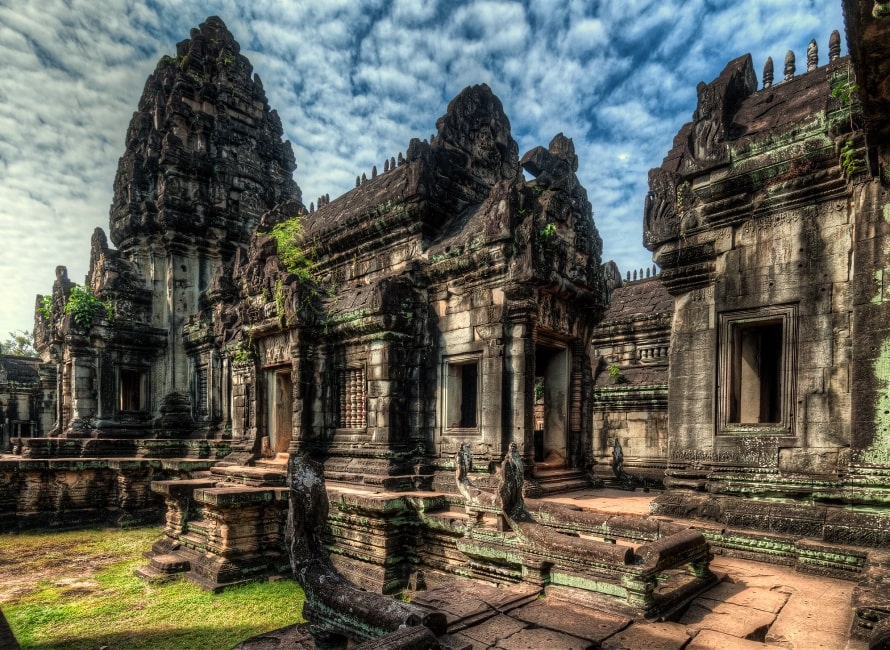
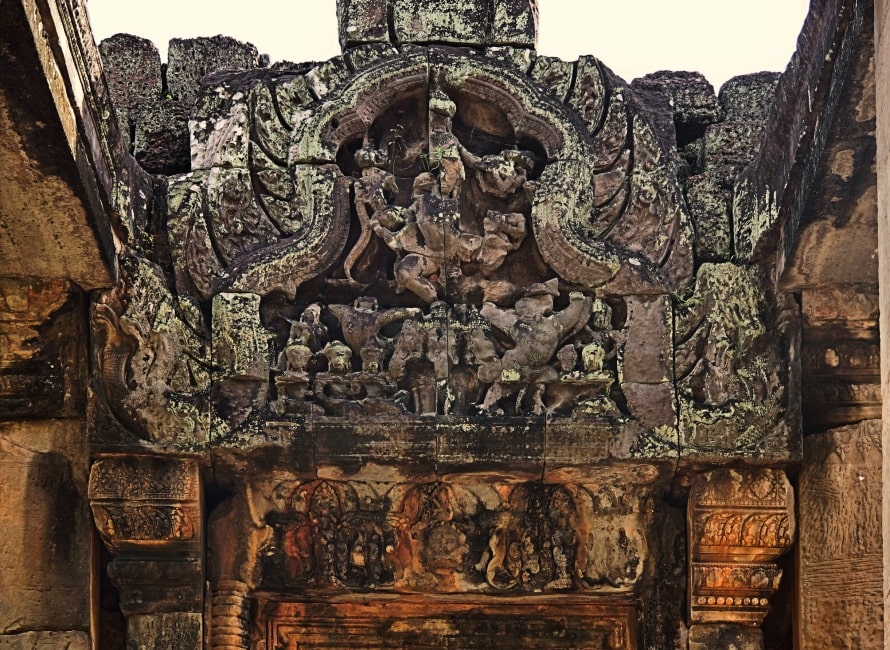
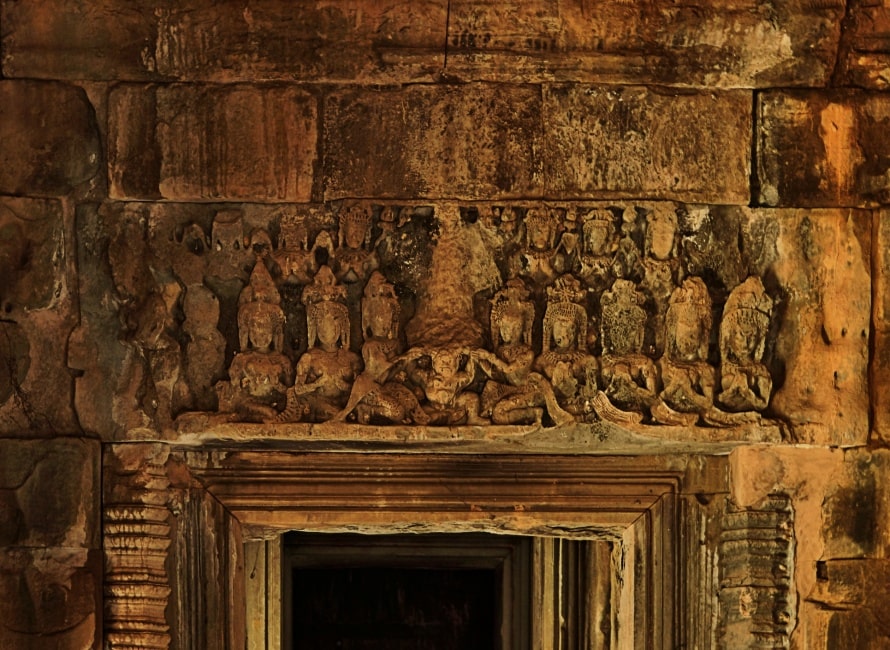
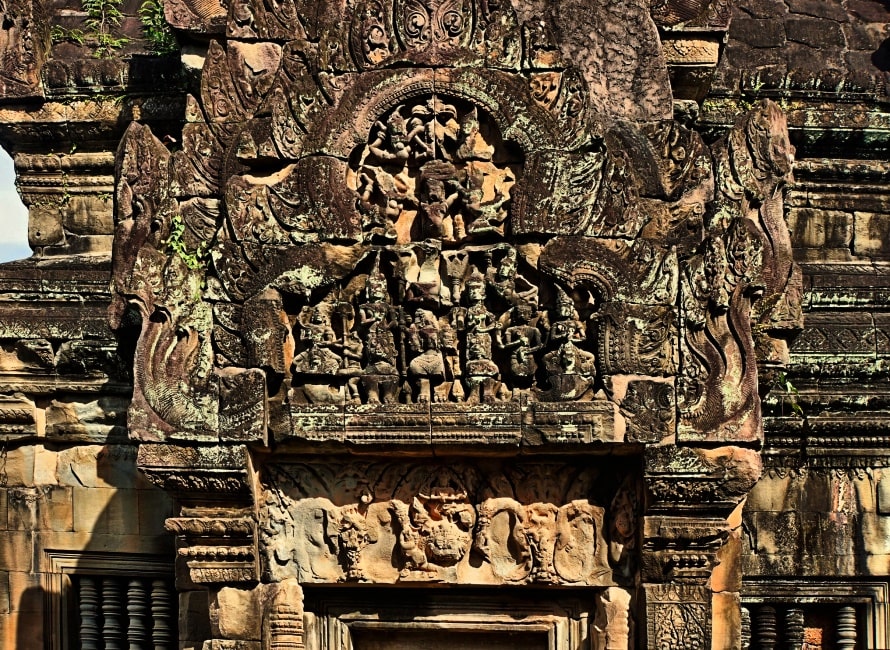
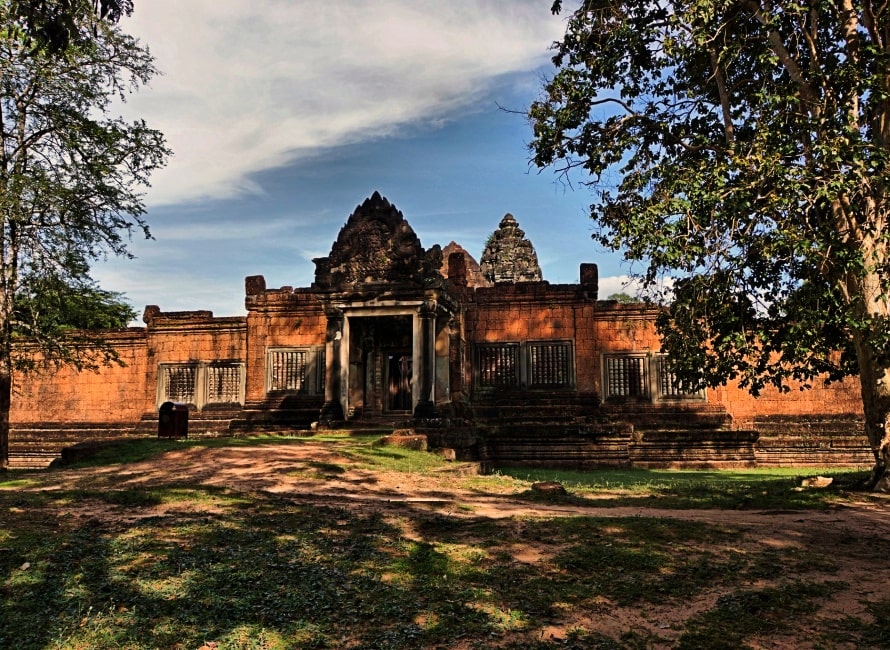

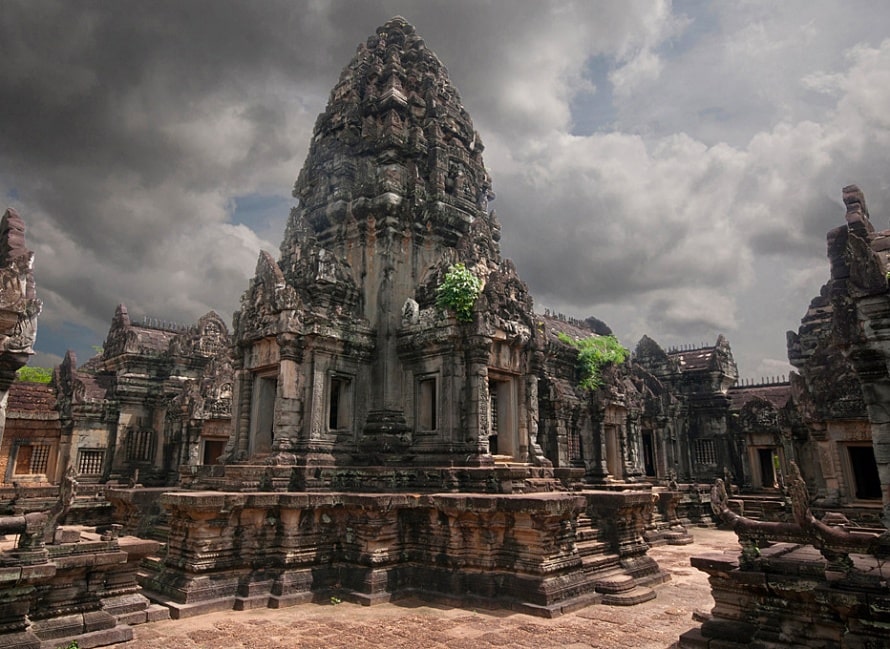
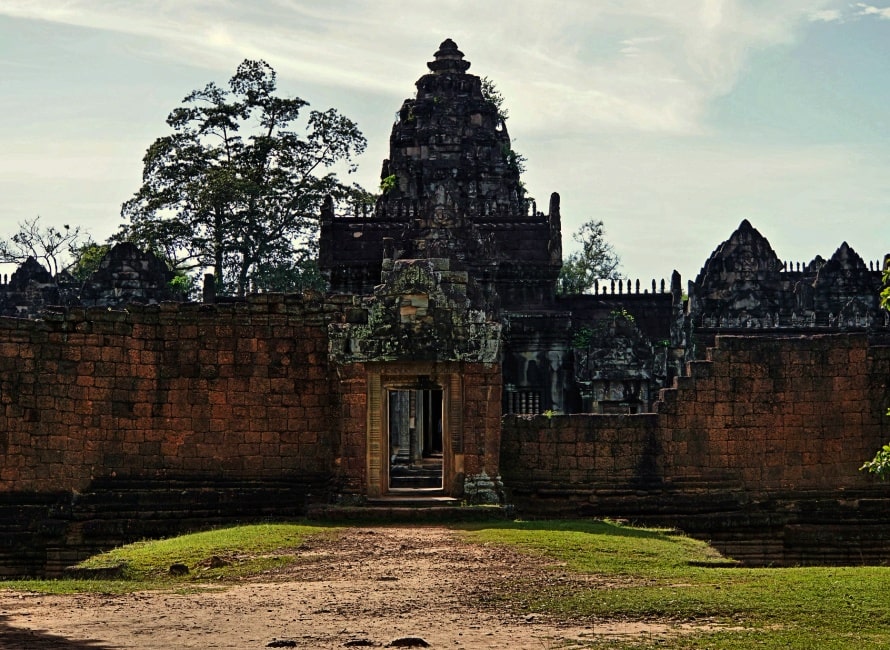





















Jolie LIEMMy name is Jolie, I am a Vietnamese girl growing up in the countryside of Hai Duong, northern Vietnam. Since a little girl, I was always dreaming of exploring the far-away lands, the unseen beauty spots of the world. My dream has been growing bigger and bigger day after day, and I do not miss a chance to make it real. After graduating from the univesity of language in Hanoi, I started the exploration with a travel agency and learning more about travel, especially responsible travel. I love experiencing the different cultures of the different lands and sharing my dream with the whole world. Hope that you love it too!